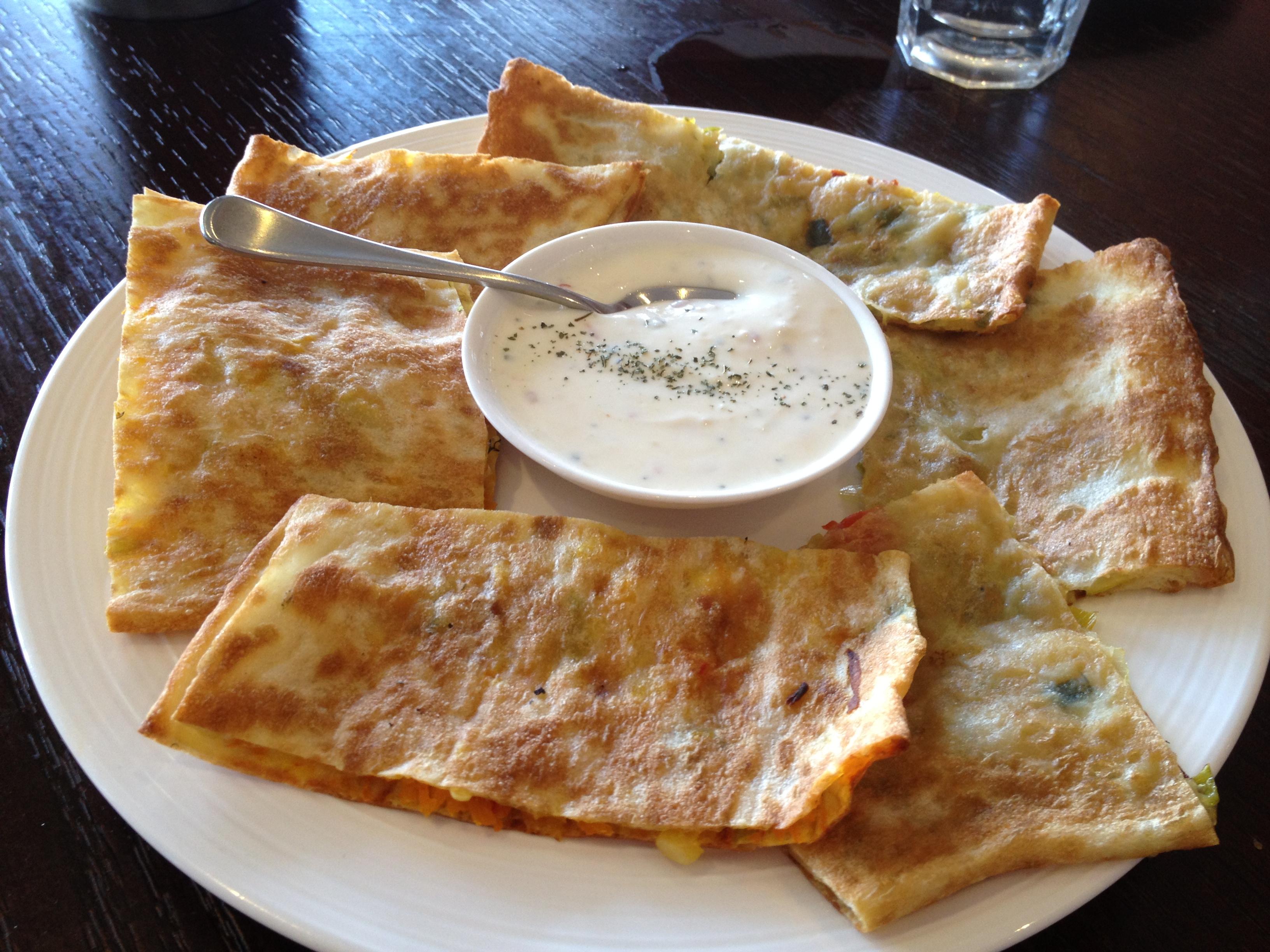World Updates | Update information about politics and social around the world
Savor The Flavors Of New Year's: Traditional Delicacies From Around The World
Savor The Flavors Of New Year's: Traditional Delicacies From Around The World

Squirrel Brains from Gross or Great? 27 Unexpected Delicacies from - Source www.thedailymeal.com
Editor's Note: "Savor The Flavors Of New Year's: Traditional Delicacies From Around The World" was published [Date]
Since the arrival of each new year has been celebrated around the world, special foods have been prepared and enjoyed to mark the occasion. As people prepare to ring in the new year, they often indulge in traditional New Year's delicacies, each of which represents a unique cultural tradition of hope, prosperity, and good fortune.
In this detailed guide, we will take a culinary journey around the globe, exploring the traditional New Year's delicacies that bring joy and deliciousness to the start of each new year.
FAQ
Following are some frequently asked questions regarding traditional New Year's delicacies from around the world. These answers provide additional insights and information beyond what is covered in the main article.

7 Most Satisfying Iftar Delicacies From Around The World - Source www.parhlo.com
Question 1: What is the significance of consuming lentils on New Year's Day?
Lentils, symbolizing prosperity and abundance, are traditionally eaten in many cultures on New Year's Day. Their round shape resembles coins, representing wealth and financial fortune.
Question 2: Why is fish a popular New Year's dish in Asian countries?
In Asian cultures, fish holds cultural significance and is often served during New Year's celebrations. The Chinese word for "fish" (yu) sounds similar to the word for "abundance," symbolizing prosperity and good fortune for the coming year.
Question 3: What is the tradition behind eating grapes at midnight on New Year's Eve in Spain?
The Spanish tradition of eating 12 grapes at midnight on New Year's Eve represents good luck for each month of the upcoming year. Each grape symbolizes a different month, and eating them quickly ensures prosperity throughout the year.
Question 4: What are some unique New Year's delicacies found in South America?
In Ecuador, a traditional New Year's dish is "colada morada," a dark purple beverage made from blackberries, spices, and flour. In Brazil, "feijoada," a hearty stew made with black beans, pork, and various meats, is a popular New Year's meal.
Question 5: How do different cultures incorporate sweets into their New Year's traditions?
In many European countries, sweet pastries such as the Austrian "krapfen" (filled doughnuts) and the Italian "panettone" (fruitcake) are enjoyed during New Year's celebrations. These desserts symbolize sweetness and joy for the new year.
Question 6: What is the common thread that connects these diverse New Year's delicacies?
Despite their cultural differences, these traditional New Year's delicacies share a common purpose: to bring good fortune, prosperity, and happiness for the coming year. They represent the hope and aspirations of people around the world as they welcome a new beginning.
These FAQs provide a deeper understanding of the cultural significance and symbolism behind traditional New Year's delicacies from around the world. Understanding these traditions enriches our appreciation for the diverse ways in which cultures celebrate the start of a new year.
As we delve further into the exploration of New Year's traditions, let's discover the heartwarming stories and customs that make this time of year so special.
Tips
As we bid farewell to the old year and embrace a new one, it is an opportune moment to explore the culinary traditions that accompany this transition around the world. Savor The Flavors Of New Year's: Traditional Delicacies From Around The World provides an extensive overview of these festive dishes, offering a glimpse into the unique cultural practices associated with the start of a new year.
Tip 1: Embrace the symbolism of round foods.
In many cultures, circular shapes represent prosperity and wholeness. Hence, dishes like Chinese dumplings and Italian lentils embody these auspicious qualities, symbolizing abundance and completeness for the coming year.
Tip 2: Indulge in the flavors of luck and fortune.
Certain ingredients are believed to bring good luck and prosperity. For instance, incorporating black-eyed peas (in the Southern US) or pomegranates (in Greece) into New Year's dishes is considered a way to attract wealth and abundance.
Tip 3: Honor traditions with sweet treats.
Around the globe, sweet pastries and desserts hold special significance during the New Year. For example, the French indulge in "Galette des Rois," a pastry containing a hidden charm, while Italians enjoy "Panettone," a traditional fruit-filled bread.
Tip 4: Embrace the flavors of unity and sharing.
Many New Year's dishes are designed to be shared with family and friends, representing communal bonds and the hope for a harmonious future. Gatherings around a pot of Osechi Ryori (Japan) or a fondue (Switzerland) foster a sense of togetherness and warmth.
Tip 5: Make a grand culinary statement.
In some cultures, New Year's feasts are elaborate and extravagant, reflecting a desire for a prosperous and joyous year ahead. For instance, the Dutch indulge in "Oliebollen" (deep-fried dough balls) and the Spanish prepare a sumptuous spread of seafood and meats.
These tips provide a taste of the culinary traditions that accompany the New Year around the world, offering an opportunity to explore different cultures through their festive dishes. As you celebrate the start of a new year, incorporating these customs and flavors into your own festivities can bring a touch of luck, joy, and cultural enrichment to the occasion.
Savor The Flavors Of New Year's: Traditional Delicacies From Around The World
As the New Year approaches, cultures worldwide celebrate with unique and delectable culinary traditions. From sweet treats to savory dishes, these traditional flavors embody the spirit of renewal and abundance.
- Global diversity: New Year's delicacies vary widely, reflecting the world's rich culinary tapestry.
- Cultural heritage: These dishes hold deep cultural significance, connecting people to their past and values.
- Seasonal symbolism: Ingredients often symbolize prosperity, good luck, and new beginnings.
- Culinary artistry: Traditional recipes showcase a blend of flavors, textures, and presentations.
- Community gatherings: New Year's feasts often serve as a time for families and friends to come together.
- Taste of tradition: Partaking in these traditional delicacies provides a glimpse into the cultural identity of different nations.
These key aspects highlight the multifaceted nature of New Year's delicacies, which not only tantalize the taste buds but also embody cultural heritage, seasonal significance, and the spirit of renewal. They serve as a testament to the diversity and richness of global culinary traditions and the importance of preserving culinary heritage in a rapidly changing world.

Delicacies around the world | PPT - Source www.slideshare.net

7 Most Satisfying Iftar Delicacies From Around The World - Source www.parhlo.com
Savor The Flavors Of New Year's: Traditional Delicacies From Around The World
The New Year is a time of celebration and reflection, and food plays a central role in many of the world's New Year's traditions. From the black-eyed peas of the American South to the mochi of Japan, each dish carries its own unique symbolism and meaning. In this article, we'll explore some of the most popular New Year's delicacies from around the world and discuss their cultural significance.

10 Delicacies From Around the World To Try | Mental Floss - Source mentalfloss.com
One of the most common New Year's traditions is the eating of black-eyed peas. In the American South, black-eyed peas are said to bring good luck and prosperity in the coming year. They are often served with collard greens, which represent money, and cornbread, which represents gold. In other parts of the world, black-eyed peas are also eaten for good luck, such as in Brazil, where they are known as feijoada.
Another popular New Year's dish is mochi. Mochi is a Japanese rice cake that is made from glutinous rice. It is often served with sweet fillings, such as red bean paste or sugar. Mochi is said to bring good luck and strength in the coming year. It is also a popular ingredient in ozoni, a Japanese soup that is eaten on New Year's Day.
These are just a few of the many New Year's delicacies that are enjoyed around the world. Each dish has its own unique meaning and symbolism, and they all play an important role in the celebration of the New Year.
Table of New Year's Delicacies
| Country | Dish | Symbolism |
|---|---|---|
| United States (South) | Black-eyed peas | Good luck and prosperity |
| Japan | Mochi | Good luck and strength |
| Italy | Cotechino con lenticchie | Wealth and prosperity |
| Spain | 12 grapes | Good luck for each month of the year |
| Greece | Vasilopita | Good fortune for the year |